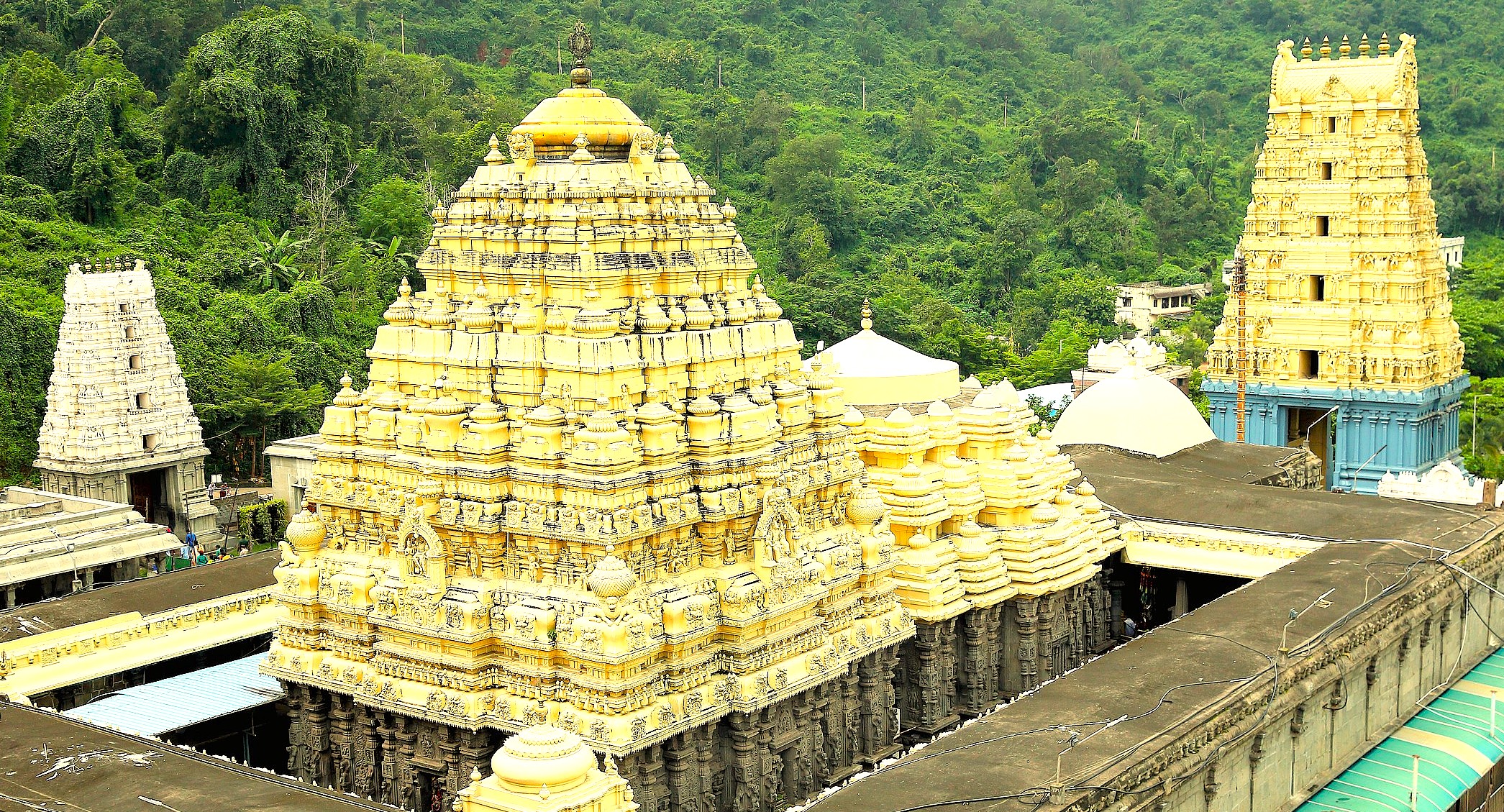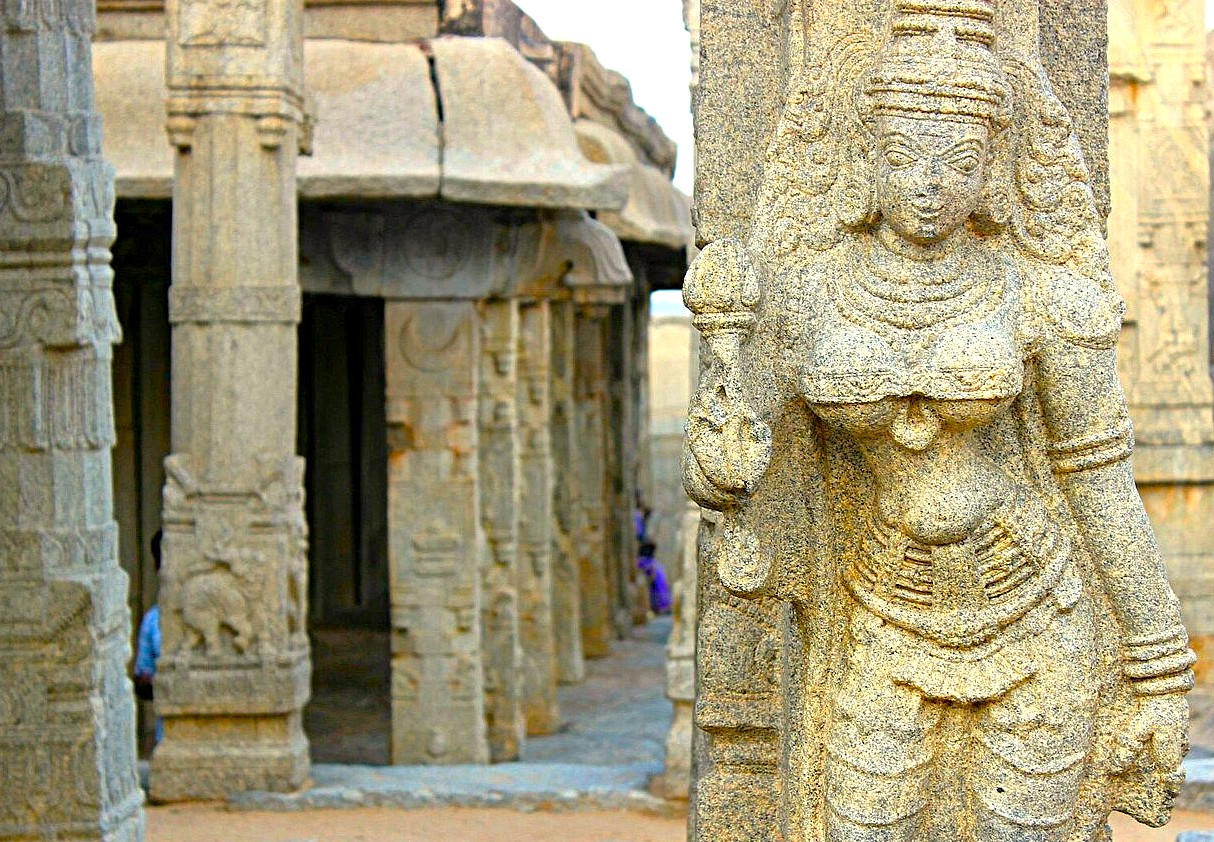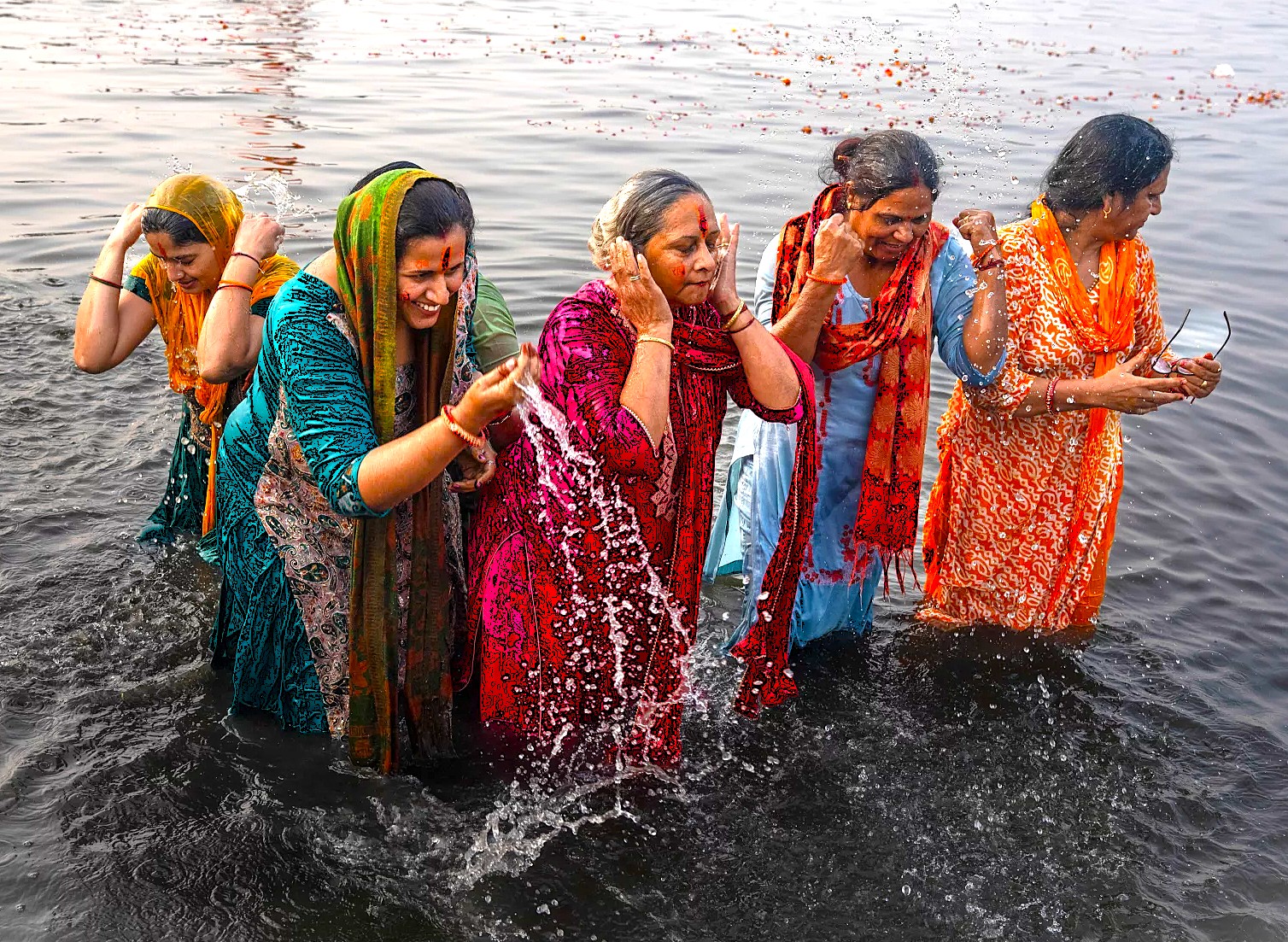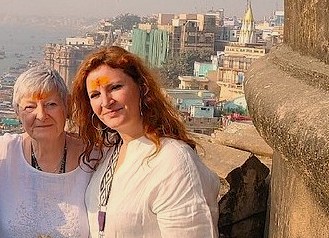Spirit of India
Andhra Pradesh India
Mother Masala Tours
Telugu Pride Runs Deep
Andhra Pradesh India. The word “Andhra” means brave, origin story rooted in the term “Andhras” used in ancient Sanskrit, and “Pradesh” translates to region. Along coastal plains and Deccan Plateau lie stories that predate any dynasty’s claims, where stone tools mark the lives of tribal ancestors - Nagulu, Vennela, and their kin - whose traditions helped shape these lands. With the rise of great dynasties, from the Satavahana and Chalukya lines to the Vijayanagara and beyond, this region has seen transforming tides of power, progress, and collaboration. Cities grew at sacred river mouths, temples rose under royal decree, and cultural threads wove together as centuries passed. Today's population exceeding 53 million continues the legacy.

Andhra Pradesh India: Dawn of the Riverine Tribes
Before royal courts, ancient riverine tribes thrived on banks of the Godavari, Krishna, and Penna. Families like Nagulu, Vennela, and Sanga sustained life with flood-recession farming, fish traps, and seasonal rituals dedicated to water spirits such as Yellamma. Archaeologists have uncovered rock shelters and tools in Kurnool and Kadapa, some dating back 8000 years, marking early dawns of settled life well before any dynasty. Spiritual traditions centered on sharing first harvests and singing praise at sunrise serve as cultural seeds that grew into Andhra’s rich communal spirit.
Satavahana Seeds of Rule

Like all historical monuments, the Hanging Pillar has faced the relentless ravages of time. Its ancient stones have witnessed centuries of change, standing firm against natural erosion and the passage of countless eras. A fascinating anecdote from the 19th century recounts how early British engineers, driven by scientific curiosity, attempted to adjust the column. This intervention, though perhaps well-intentioned, inadvertently disturbed its delicate balance, a testament to its precise construction. Despite such significant challenges and the sheer weight of history, the pillar remarkably remains intact.
Traditions Served at Table
Communal feasts anchor Andhra life. Handed down from Chalukya and Satavahana times, recipes merge grains, pulses, and spices - tamarind rice, pickled mango, and fiery sun-dried chutneys line plates during Sankranti, Ugadi - April, and current micro-harvests. Large festivals may use over 200 kilograms of steamed rice, 80 of legumes, and countless dried red chilies, prepared by family lines such as the Alluris and Venkatappas, marking occasions with food that connects generations.
The Gods of Andhra Pradesh

The worship of Narasimha and Shiva profoundly shapes the spiritual identity of Andhra Pradesh, with each deity commanding a powerful presence through ancient and revered temples. Narasimha, the fierce lion avatar of Vishnu, is central to Vaishnavite traditions in the state. His worship signifies the triumph of divine righteousness over evil. Equally significant is Lord Shiva, a cornerstone of Shaivism. The state is home to Srisailam, where he is worshipped as Mallikarjuna. This temple is one of the twelve sacred Jyotirlingas, making it a site of national importance.
A Living Mosaic of Festivals
Festivals thread the calendar. Sankranti on January 13-15 brings kites, buffalo races, and sweet pongal. March’s Ugadi marks new beginnings, with mango leaves, rangoli patterns, and stories honoring ancestral strength. Pushkaram, every twelve summers, sees riverbanks fill with blended rituals and trade. Newer events, like the Vizag beach festival each November, highlight Andhra’s evolving community and creative culture, where ancient practice meets present innovation.
Meet the People

Daily life beautifully blends tradition with modernity, creating a vibrant tapestry of experiences. Mornings often begin with the serene calm of dawn, as families gather for simple breakfasts like freshly prepared idli or dosa, setting a warm, energetic tone. Many residents then head to bustling local markets, where vendors enthusiastically sell fresh produce, vibrant textiles, and intricate handicrafts. The state's rich agricultural heritage means many also engage in farming, diligently tending to rice paddies, chili fields, or tobacco crops under the sun. Children attend schools, their laughter echoing through the village lanes.
Holy Monkey Magic, It's India - Join Us
Andhra Pradesh India. Living traditions and fresh exchange benefit communities and us alike. When we support local crafts, share meals, or learn Kuchipudi steps, our understanding grows, local skills thrive, and cultural memory is kept alive. New friendships and mutual enrichment ripple through families - every connection we make strengthens Andhra’s active legacy of unity and growth. Go do something your family won't believe, come with us.
The Ripple Effect: How Sharing Shapes Experience

The exchange between guests and locals creates a vibrant, mutually beneficial connection that enriches everyone involved. For guests, this interaction offers an unparalleled opportunity for genuine cultural immersion, moving beyond typical tourist experiences. For locals, welcoming guests brings significant economic advantages, supporting small businesses, artisans, and families. Beyond financial gains, these interactions foster a deeper appreciation for their own heritage as they share stories and customs. It also opens channels for cultural exchange, allowing locals to learn about different worlds and broaden their own horizons.